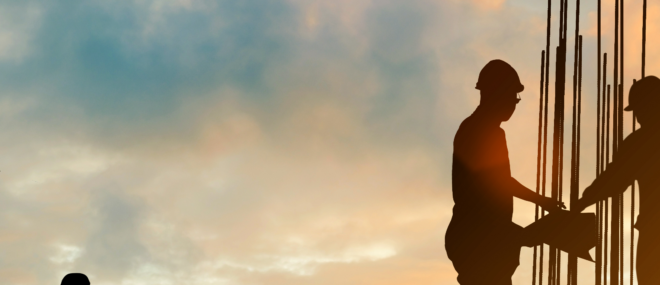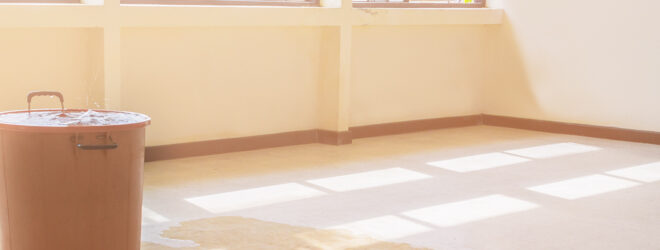Partially constructed houses and other light-frame wood buildings collapse due to high winds numerous times every year across Canada.
“Every year, several partially built single family homes, duplexes and other small wood framed structures in Canada collapse as a result of severe wind,” the Institute for Catastrophic Loss Reduction (ICLR) told Canadian Underwriter.
Damage from high winds is not only costly, but often leads to delays in construction, and to home closures. Plus, there’s always the possibility that someone could get injured.
The National Building Code of Canada (NBCC), as well as provincial building codes, specifies the design wind speed in specific regions (some regions are at higher risk than others).
Yet, despite these precautions, a partially constructed building is still susceptible to damage during high winds. “Structural failures have been observed across several events, occurring at wind speeds not exceeding design wind speeds,” according to a report by the ICLR in conjunction with Western University and the Standards Council of Canada.
While home builders can’t change the weather, they can take steps to prevent losses during vulnerable stages of construction.
Causes of collapse during construction
Many partially constructed houses have long side walls with minimal openings, meaning there’s a larger surface area for wind pressure. At the same time, the two end walls contain openings for windows, doors, and garage doors, meaning they have limited structural length to resist lateral forces.
First-story windows and doors, which provide additional strength, are usually installed during later stages of construction to facilitate the movement of materials in and out of the structure. That’s why, after destructive winds, we might see a completely intact roof sitting on top of collapsed walls.
During construction, the racking strength of the end walls is provided by the wall studs, top and bottom plates, framing around openings, and the end-nailed connections between them (if wood sheathing is not applied).
But if strong winds cause the flexible first-story walls to lean, it doesn’t take much force to rotate the nailed connections (meaning the top of the stud is no longer in alignment with the bottom). As a result, side walls lean as a unit in the direction of wind load.
As walls lean past the point where the top plate is in line with the bottom plate, the weight of the upper structure no longer has vertical support, which leads to collapse. If the structure is part of a subdivision, one collapse could impact a neighbouring structure, creating a domino effect.
How to improve lateral strength during construction
The NBCC’s building code applies to completed buildings; there are no hard-and fast rules for lateral bracing during construction. However, a best practice is to brace the walls, particularly on the first story where there are large openings for windows, doors, and garage doors.
Home builders have a couple of options for adding lateral strength. A permanent solution involves sheathing the walls with structural wood sheathing in place of continuous rigid insulation. This provides better lateral strength throughout the building’s lifespan — not just during construction — but may require design alterations (and could potentially interfere with the performance of the insulation).
There are also temporary measures to add lateral strength during construction:
- End walls, side walls, and interior walls can be braced using temporary wood bracing running in the direction of likely collapse.
- Diagonal wood or metal bracing can be used in both directions on each end wall to prevent the structure from leaning or rocking in either direction.
- Temporary structural wood sheathing can be used over openings, such as windows and doors (especially if the site is going to be unattended overnight or over the weekend).
Protect yourself and your business with insurance
While you can’t predict the weather, you can prepare your jobsite to withstand severe wind exposures, helping to minimize property damage, reduce losses, and keep employees safe. Want to make sure your site is properly protected? Learn more by visiting our construction and contractors’ insurance page today!




